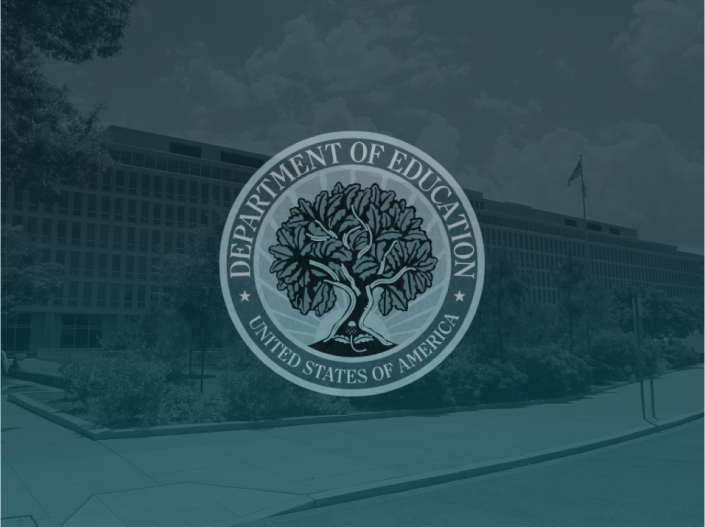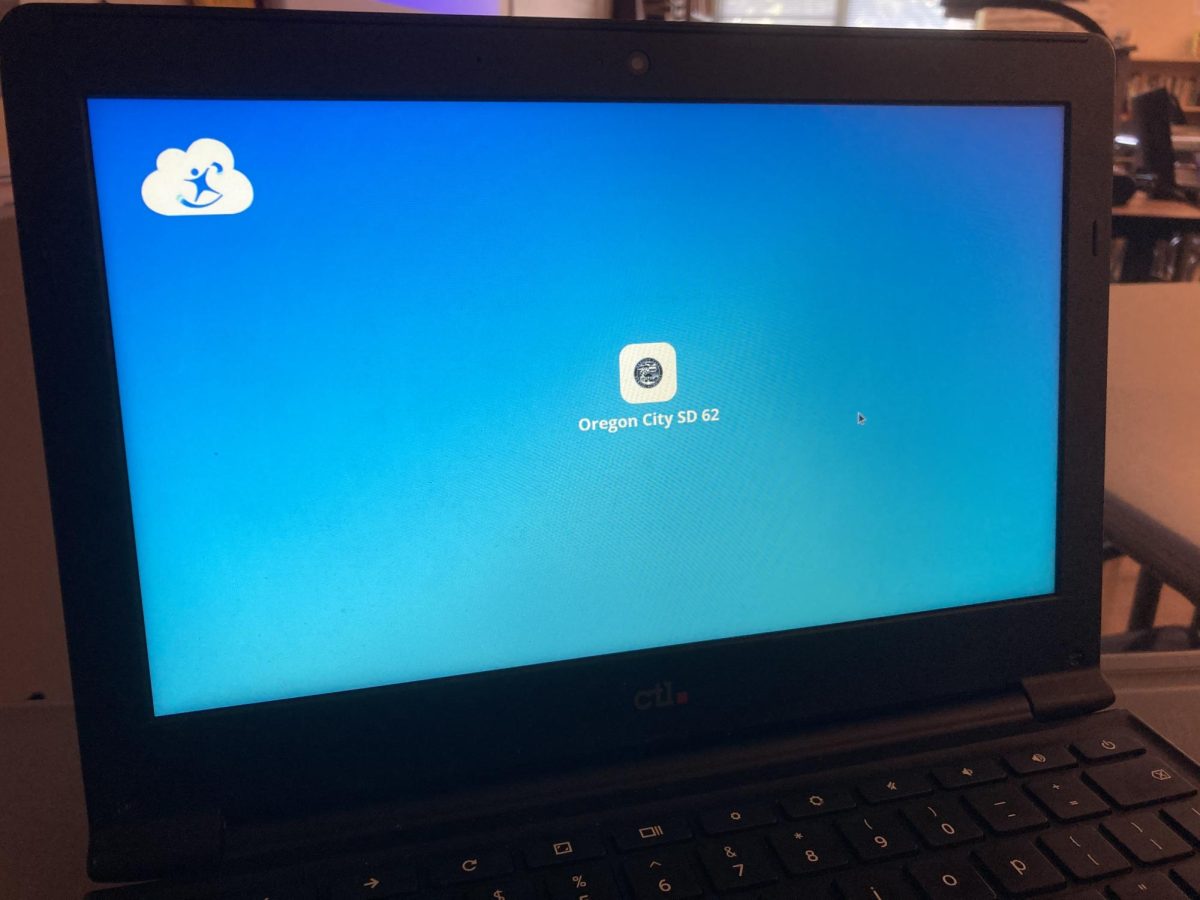The Department of Education is on President Donald Trump’s chopping block- but what does that mean for students?
The US Department of Education provides funding and protections through federal laws for students with disabilities and students from low income families, like the IDEA act that ensures children with disabilities are provided a free appropriate public education, and the ESEA which provides funding to schools with a high proportion of low income students, as well as other acts that support struggling students. The DOE supplies federal grants and loans for students attending college, supplying Pell Grants (grants that do not need to be repaid) to students from low income families to help pay for college.
So why does Trump want to get rid of the Department of Education?
“Ultimately, the Department of Education’s main functions can, and should, be returned to the States.” Trump said in his executive order made on March 20th 2025, stating his belief that power to control education should be left to the individual states.
However, in an interview with PBS news, Laura Meckler of The Washington Post brings up and clarifies that the states already have such power.
“Education is already controlled by the states and by local school boards.” Meckler said. “States set broad rules that schools have to follow, and then the school districts implement them with the details, and they set the curriculum. The Department of Education, the federal government, is not controlling education. It is providing some supplemental work.”
Meckler describes how the Department of Education supports students, but it does not control education- it is very important to students and educational programs in the US.
The DOE enforces many laws that protect students’ civil rights and prevent discrimination based on race, sex, age, and disability. They also investigate reports of discrimination, bullying and harassment, sexual assault and more to ensure schools are enforcing these protective laws. “The ability of individuals to oppose discriminatory practices is critical to ensuring equal educational opportunities.” The Department of Education states.
Special Education teacher and case manager Asa Arrey at Oregon City High School highlights the Department of Education’s importance in IDEA (Individuals with Disabilities Education Act), a federal law that requires schools to provide proper education to students with disabilities.
“Not having the oversight of the DOE in regards to IDEA is worrisome.” Arrey said. “Some of the questions that are popping up include–how will we ensure that states are following IDEA with fidelity (specifically FAPE), what states will do, if anything, to fill those funding gaps, and how will states keep from becoming stagnant in regards to developing new and creative evidence-based teaching practices.”
If the department of education were to be abolished, which would take a lot of effort, it could mean acts that protect students with disabilities are not upheld, and eventually discarded.
“It is scary if you’re a student or family of a student receiving special education services.” Arrey said. “It is important for states to prepare for the worst because at a minimum, funding for IDEA stands the chance of being diminished over time and even that will have immense impacts, some foreseen and some not.”
Special education wouldn’t be the only thing under fire. Students from low income families benefit from the Department of Education through Pell grants, FAFSA, free/reduced lunch, and general funding to schools with a high amount of students from low income families.
Senior Echo Covington worries that he won’t be able to attend college at all if this resource is taken away.
“I know so many people who are worried about affording college,” Covington said. “I desperately need grants and scholarships to go to college, without the department of education I will probably be in debt forever.”
The department of education provides about $120.8 billion per year in grants, loans, and scholarships for students and their families so they can achieve postsecondary education. They also provide free and reduced lunch to millions of students, aiding 60% of public schools in the US.
Can Trump abolish the Department of Education? He sure is trying, as he has already fired almost half the staff, narrowing the civil rights division specifically.
“Any effort to fully eliminate the department would have to go through Congress.” Dana Goldstein, writer at the Washington Post said. “Only Congress can abolish a Cabinet-level agency, and it is not clear whether Mr. Trump has the votes in Congress to do so.”
The only way the DOE can be fully eradicated is through a 2/3 vote, and Goldstein is skeptical that a vote would go in favor of eradication, as attempts to eradicate the DOE have been attempted before, most notably by former president Ronald Reagan, and all attempts have failed due to a large amount of pushback from congress, in both democratic and republican parties.
Students and their families should rest assured that there are strong safeguards in place to protect the US Department of Education, and for now, federal financial aid will still be administered to students and educational programs.







